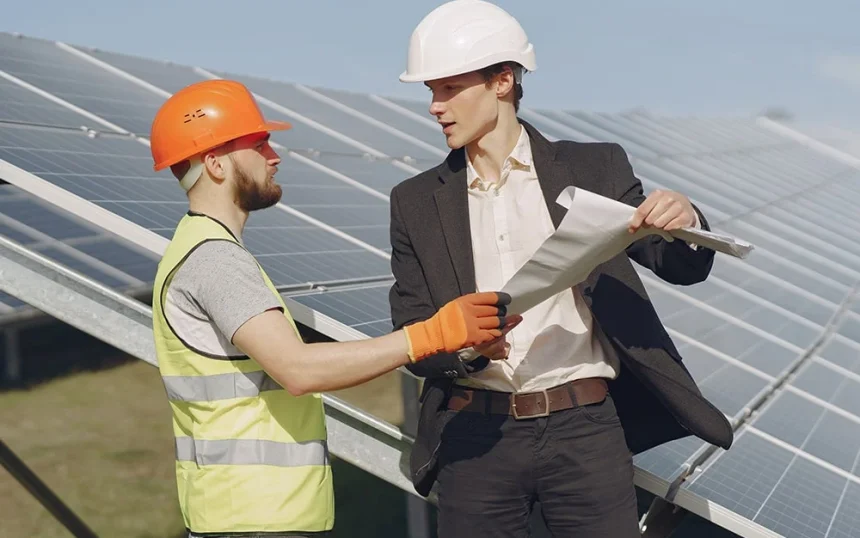The solar designing process involves meticulous planning and execution to ensure optimal performance and efficiency. Here’s an overview of the steps from start to implementation:
1. Initial Consultation
The process begins with a consultation to understand the client’s energy needs, property details, and budget. Professionals assess the feasibility of solar installation and discuss expectations.
2. Site Assessment
A detailed site evaluation is conducted to analyze factors like roof structure, orientation, shading, and available space. This helps determine the best placement for solar panels and the system’s potential efficiency.
3. Energy Analysis
Experts review the property’s energy consumption history to estimate the required solar system size. They calculate potential energy generation based on sunlight exposure and local climate conditions.
4. System Design
Using specialized software, engineers create a customized solar system design. This includes selecting the right solar panels, inverters, mounting structures, and other components. The design focuses on maximizing energy production while maintaining aesthetic appeal.
5. Proposal and Approval
The client is presented with a detailed proposal, including system specifications, costs, and projected savings. Once approved, necessary permits and approvals are obtained from local authorities.
6. Installation Planning
A project timeline is established, and installation logistics are planned. Components are ordered, and the site is prepared for installation.
7. System Installation
Trained technicians install the solar panels, inverters, and wiring. The system is connected to the electrical grid or a battery storage unit, depending on the setup.
8. Testing and Commissioning
After installation, the system undergoes rigorous testing to ensure it operates efficiently and safely. Once approved, it is commissioned for use.
9. Maintenance and Monitoring
Post-installation, the system is monitored for performance. Routine maintenance ensures long-term reliability and efficiency.
This comprehensive process guarantees a seamless transition to sustainable solar energy.




